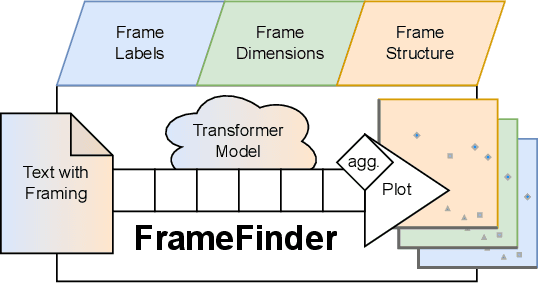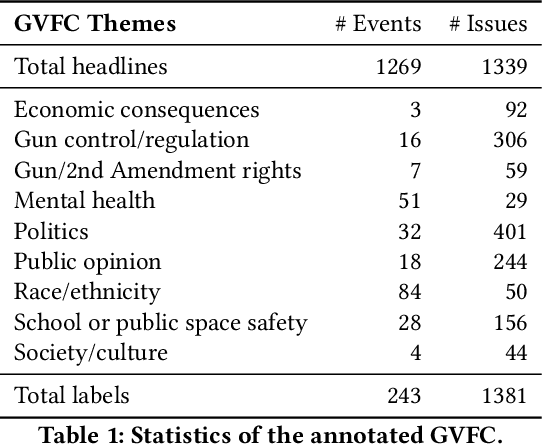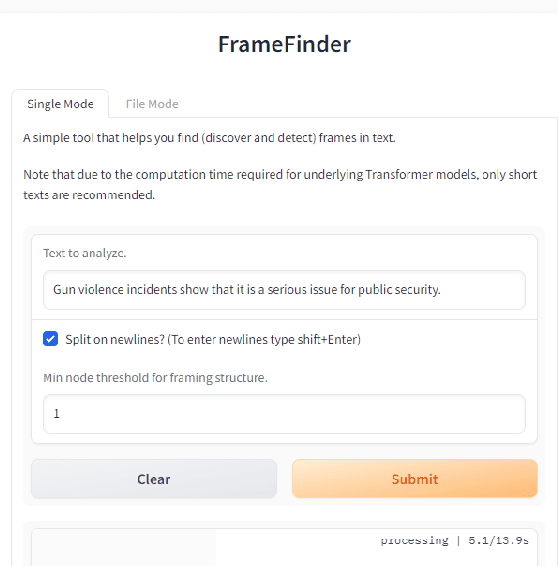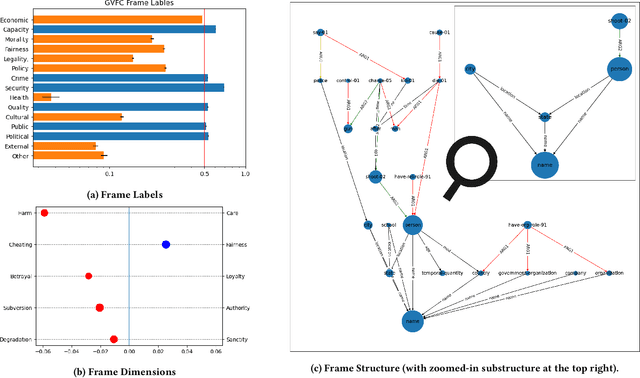Markus Hadler
Framing Analysis of Health-Related Narratives: Conspiracy versus Mainstream Media
Jan 18, 2024Abstract:Understanding how online media frame issues is crucial due to their impact on public opinion. Research on framing using natural language processing techniques mainly focuses on specific content features in messages and neglects their narrative elements. Also, the distinction between framing in different sources remains an understudied problem. We address those issues and investigate how the framing of health-related topics, such as COVID-19 and other diseases, differs between conspiracy and mainstream websites. We incorporate narrative information into the framing analysis by introducing a novel frame extraction approach based on semantic graphs. We find that health-related narratives in conspiracy media are predominantly framed in terms of beliefs, while mainstream media tend to present them in terms of science. We hope our work offers new ways for a more nuanced frame analysis.
FrameFinder: Explorative Multi-Perspective Framing Extraction from News Headlines
Dec 14, 2023



Abstract:Revealing the framing of news articles is an important yet neglected task in information seeking and retrieval. In the present work, we present FrameFinder, an open tool for extracting and analyzing frames in textual data. FrameFinder visually represents the frames of text from three perspectives, i.e., (i) frame labels, (ii) frame dimensions, and (iii) frame structure. By analyzing the well-established gun violence frame corpus, we demonstrate the merits of our proposed solution to support social science research and call for subsequent integration into information interactions.
* Accepted for publication at CHIIR'24
 Add to Chrome
Add to Chrome Add to Firefox
Add to Firefox Add to Edge
Add to Edge